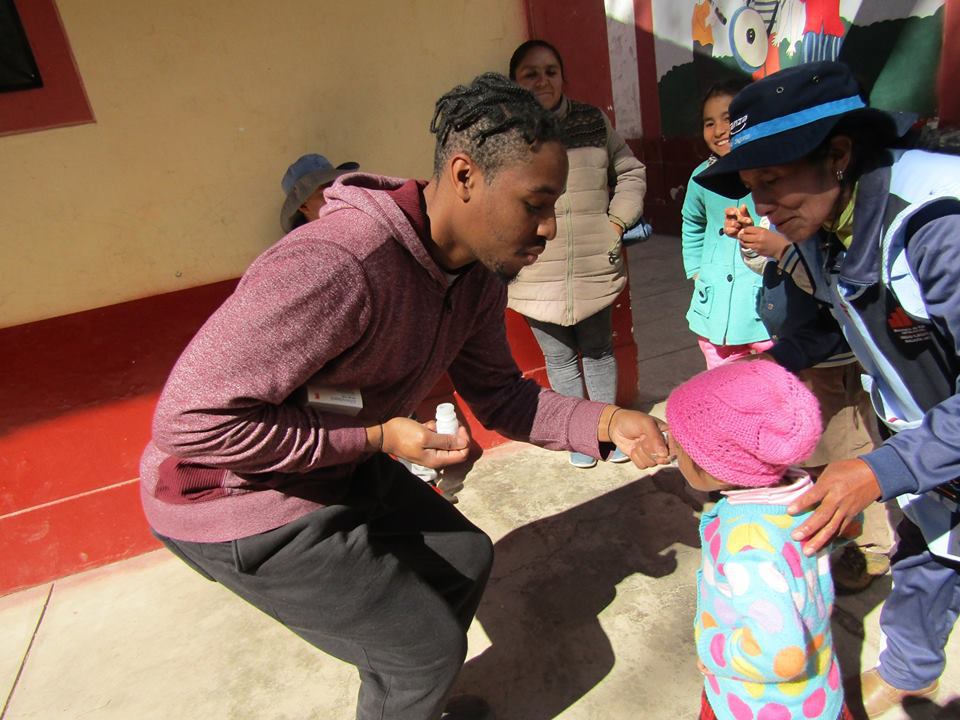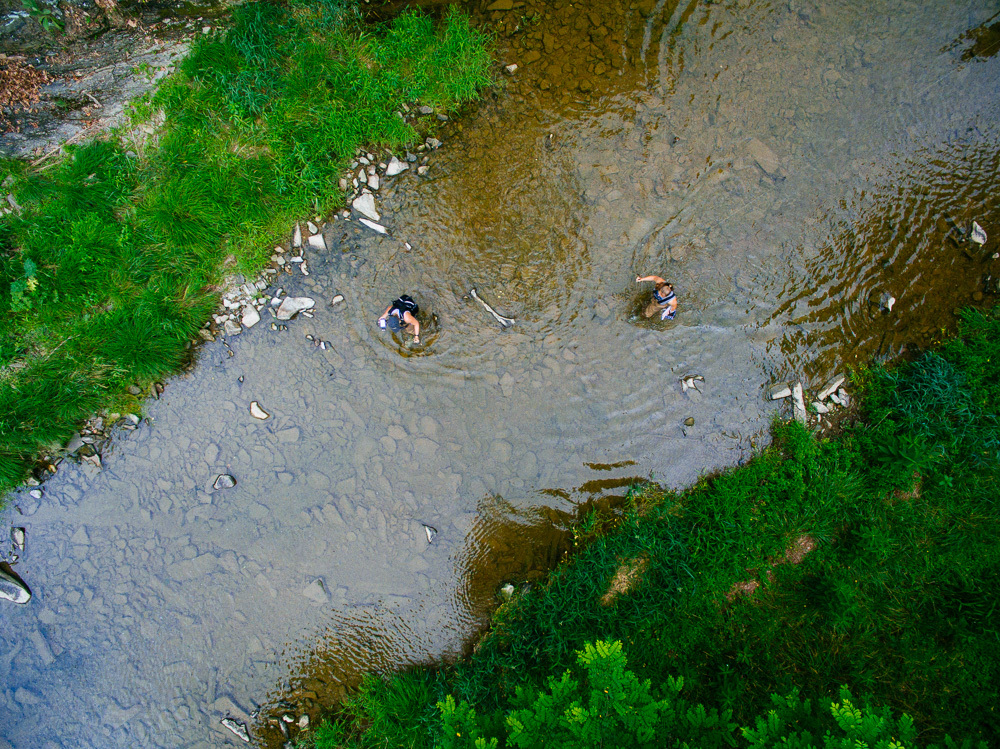Three Eastern Mennonite University students heading to careers in science and medicine have earned funding for summer research and travel.
The CT Assist Health Experiential Learning Program awards funds to pre-professional health science students at EMU to support overseas clinical experiences that help prepare students for professional health programs. CT Assist is a Harrisonburg-based healthcare staffing business owned by two alumni.
Cindi Boyer, a junior neurobiology major who wants to become a physician’s assistant, and Belen Hernandez Rosario, a sophomore majoring in biology on the pre-med track, were awarded grants from CT Assist. They will be traveling to Peru this summer with Professor Kristopher Schmidt.

“Students will shadow in large hospitals and small clinics around the country, exposing them to a variety of treatment centers,” Schmidt said. “They will also be auditing a graduate class with me on cross-cultural healthcare. We will hike a section of the Inca Trail as well as some touring around the Sacred Valley and Machu Picchu.”
The Kauffman-Miller Research Awards are named for emeritus professors Glenn Kauffman (chemistry) and Roman Miller (biology), each of whom were “champions of undergraduate involvement in authentic scientific research at EMU. Over their 30-plus year tenures, Kauffman and Miller each worked with more than 40 undergraduates on research projects ranging in topics from organic blueberry production to the synthesis of new cyclic organic compounds.

Zach Bauman, a junior environmental science major, will be supported by a Kauffman-Miller Research Award in surveying changes in stream water quality, including nutrients and sediment loading, of the North, Dry and Briery Branch rivers.
The research will help to explain how much agricultural land impacts the rivers as they transition from a more natural environment to a more human-influenced environment, Bauman said. He is one of several students who have contributed to ongoing research in water quality differences between forested and agricultural lands with Professor Doug Graber Neufeld.
“We’re in a unique area where there’s such a clear boundary between forested and agricultural lands, so I’ve had students working for some time to try to use that to understand that role,” Neufeld explained.
The research is “some of the only research on headwater streams in the Shenandoah Valley,” Bauman said.
